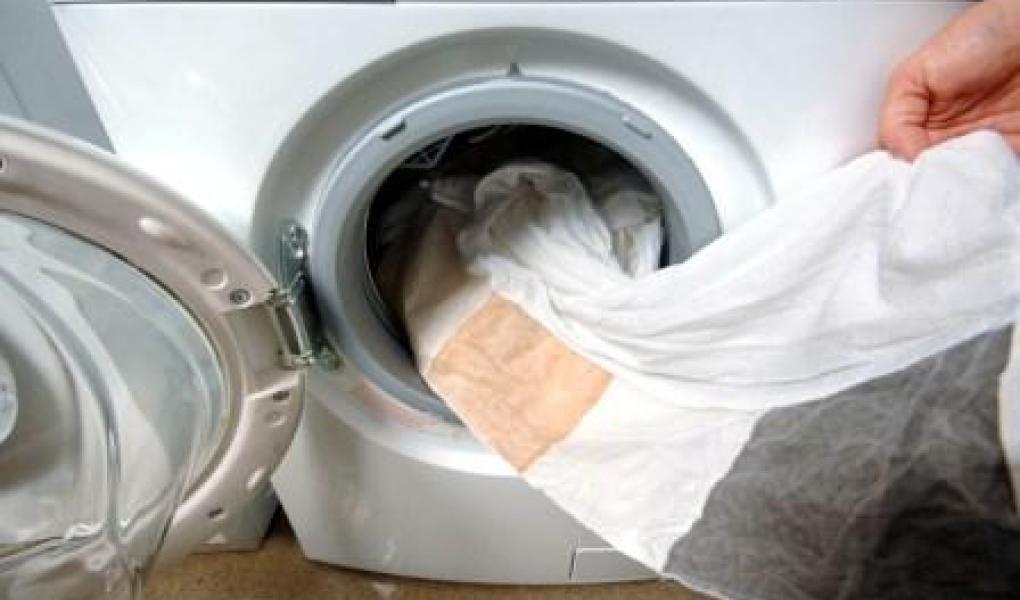The laboratory tests of washing machines are based on official requirements and guidelines (EN 60456) and cover the main aspects of cleaning efficiency, rinsing efficiency, spin cycle efficiency, energy and water consumption, user-friendliness and design quality and safety. All performance tests are carried out against a standard reference machine with consistently good performance. Deviations from the reference machine form the basis of the assessment and rating of the performance of the washing machine.
LABORATORY TEST
1. Functions and specifications
The laboratory firstly reviews the washing machine’s documentation and notes the machine’s functions and other relevant facts.
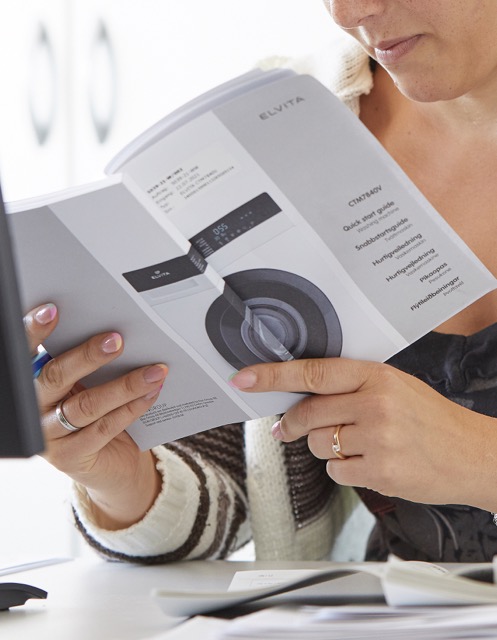
2. Cleaning efficiency
The washing machine’s ability to wash clean is tested for whites and cotton at 40°C. White cotton textiles with standardised stains are washed five times. The washing machine is loaded according to the specified maximum capacity with cotton padding textiles.After washing and drying, the cleanliness is evaluated instrumentally and compared with the results of the standard reference machine. The average value from five washes compared with the reference machine results in an index that forms the basis for assessment and rating.
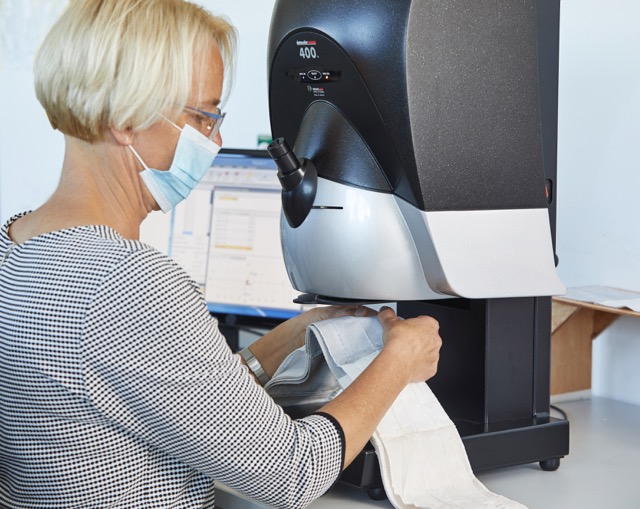
3. Rinsing efficiency
After rinsing, the laundry is spun and the rinse water is collected for analysis of detergent residues. The content of detergent residues is compared with the value of the standard reference machine. The average value from five rinses compared with the reference machine results in an index that forms the basis for assessment and rating.
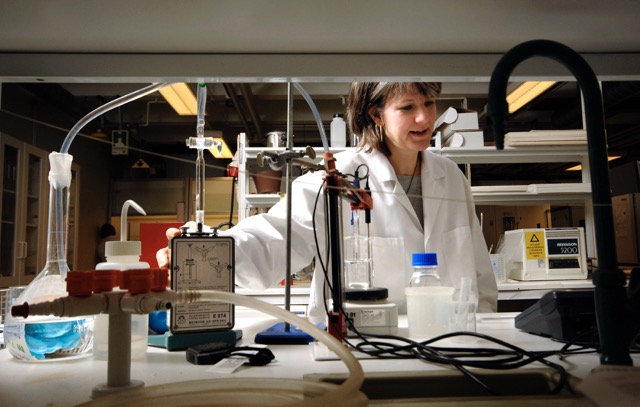
4. Spin drying efficiency
The moisture content of the laundry after spin drying is measured by weighing before and after washing. The moisture content is compared with the value of the standard reference machine. The average value from five spin cycles forms the basis of assessment and rating.
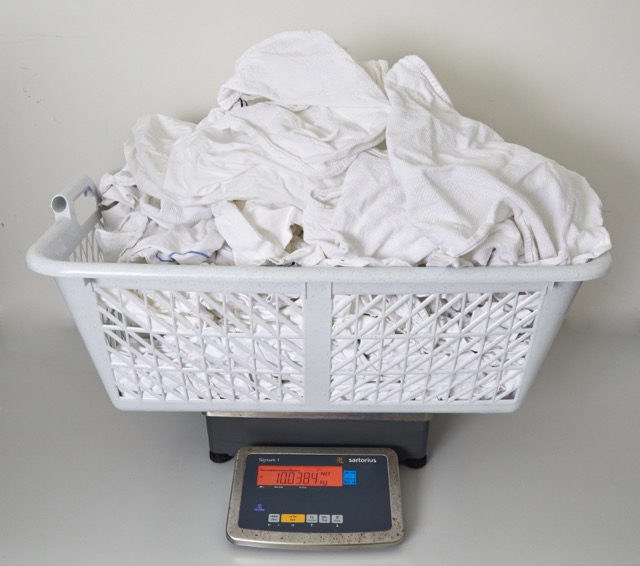
5. Program time
The total program time for a complete washing program (washing, rinsing and spin drying) is recorded.
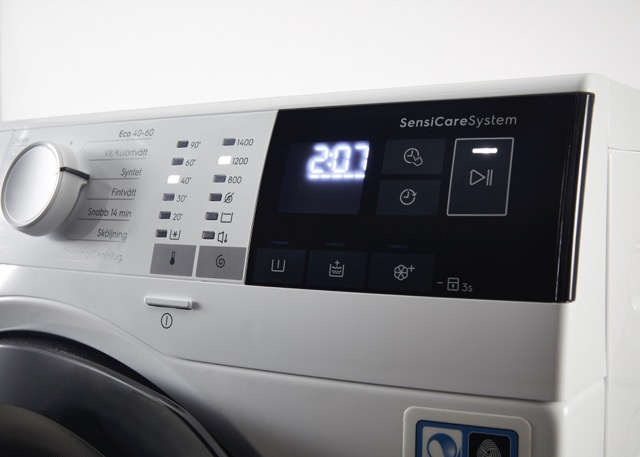
6. Water temperature
The water temperature and the temperature of the textiles during the main washing program are measured continuously. The temperature should not deviate too much from the selected program, in this case 40°C, and remain as stable as possible throughout the main washing program.
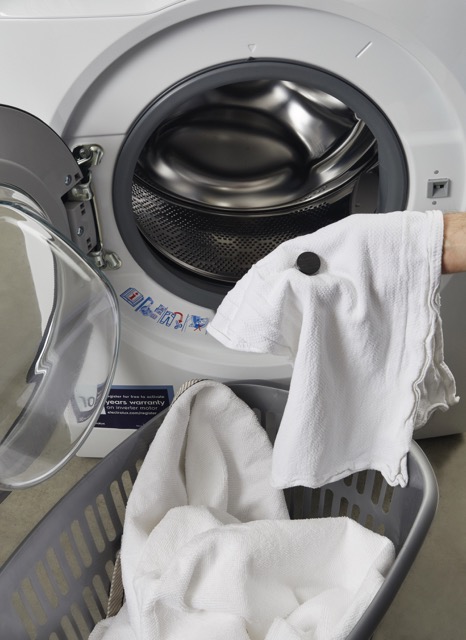
7. Energy consumption
The total energy consumption during a complete washing program (washing, rinsing and spin drying) is recorded and set in relation to the machine’s capacity in kg. The energy consumption is compared with the value of the standard reference machine. The average value from five washes forms the basis of assessment and rating. The lower the energy consumption in kWh per kg, the better the energy efficiency. In the overall assessment of energy consumption, the machine’s spin drying efficiency is also taken into account with regard to the subsequent drying of the laundry.
8. Water consumption
The total water consumption during a complete washing program (washing, rinsing and spin drying) is recorded and set in relation to the machine’s capacity in kg. The water consumption is compared with the value of the standard reference machine. The average value from five washes forms the basis of assessment and rating.
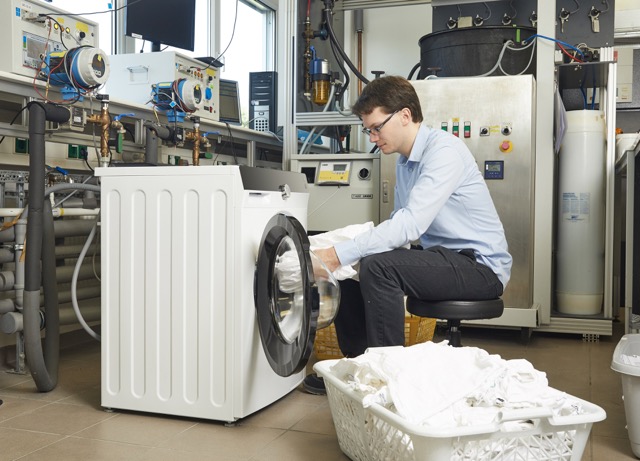
9. User-friendliness
The evaluation of user-friendliness includes the following elements:
- The manual - Installation and start-up - Settings and selection of washing programmes - Buttons, knobs and displays - Cleaning the filter - Adding washing powder - Cleaning filter and washing powder compartment
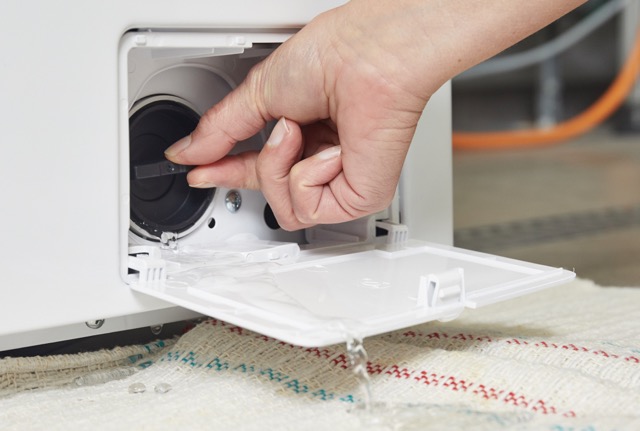
10. Design quality and safety
An overall assessment of the washing machine’s design and quality is performed during the test. The assessment also includes user safety. The presence of sharp edges, larger gaps or other risks of injury is noted, as well as safety deficiencies in electrical and plumbing connections.
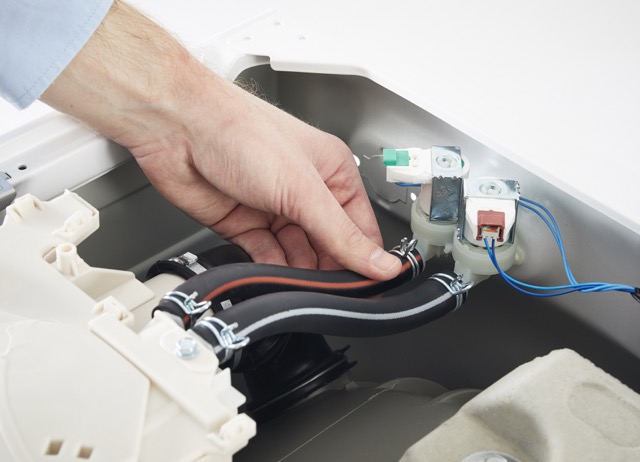
INTERPRETATION AND RATING OF TEST RESULTS
The measurement results from the test are interpreted and rated in consultation with the performing laboratory. The rating is performed on a scale from 1 to 10 where 10 is best. Ratings below 6 are awarded only if the performance is poor or worse than what can reasonably be expected for this type of product. The ratings from the various components of the test are added together for an overall rating with the following weightings:
A. Washing efficiency 60%
- Cleaning efficiency 50%
- Rinsing efficiency 25%
- Spin drying efficiency 25%
B. Design quality and safety 20%
C. Energy and water consumption 10%
- Spin drying efficiency 33%
- Energy consumption 33%
- Water consumption 33%
D. User-friendliness 10%
CRITERIA FOR TESTFAKTA’S QUALITY LABELLING
Testfakta tests and verifies washing machines in different categories. The categorization is performed based on the washing machine’s declared capacity.
Best in test

In a benchmark test with the aim of declaring a test-winning product, “Best in test”, a representative selection of comparable products are tested for a specific market. The washing machine that performs the best overall (highest overall rating) is crowned the winner.
Verified Quality & Performance

In a verification test, the washing machine is tested independently or in comparison with a few carefully selected reference machines. Evaluation and rating follow the same guidelines as during a benchmark test. The criteria for qualifying for Testfakta Verified Quality & Performance are an overall rating of at least 8.0 (+/- 2.5%) and no sub-rating (A–D above) below 6.0 (+/- 2.5%).

